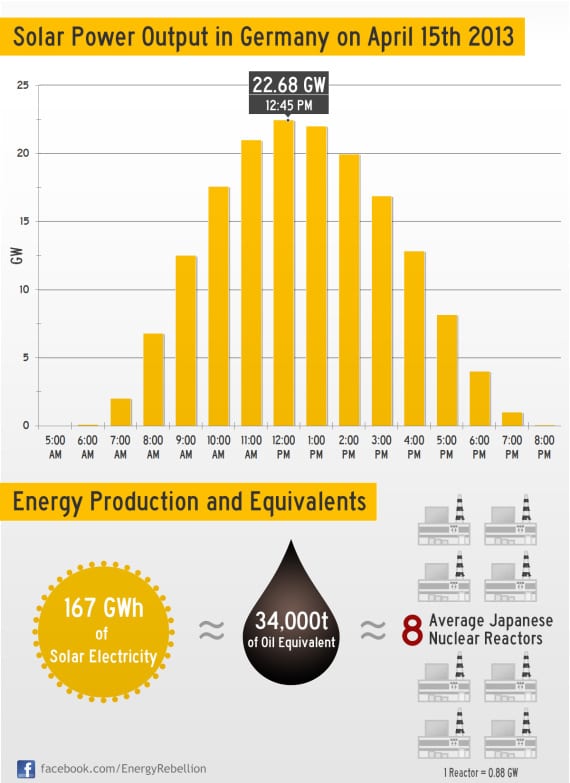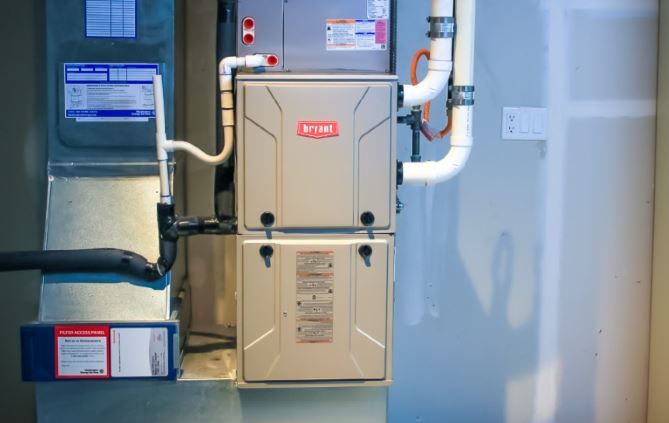
In this article, we'll explore the topic of things that are electrical. This article will discuss electricity, static electricity, as well as electric motors. In this article, we will also discuss how electricity and magnetism relate and how to identify electric phenomena. Maxwell’s equations which describe these phenomena will be covered.
Electricity
Items that use electricity are called electrical. An example of an electrical device is a car battery. It stores and transmits electricity. Electricity can be applied to many living cells. Even bacteria can harness electricity. This is a little bit like Frankenstein's Monster, but it's actually real.
Electricity can be divided into two kinds: current and static. Current is the more common type of electricity. It happens when opposite charged build up on objects separated with an insulator. This electricity will remain until the opposing charges can find a way out.
Static electricity
Static electricity is when two electrically conducting surfaces come into contact. This can occur when liquids flow past pipes, liquid droplets exist in the air and people interact. Static electricity can be harmful to electronics, even though it may not seem so. It can cause damage to electrical systems in cars, as well as make people unconscious if they touch it. Fortunately, there are ways to minimize the effect of static electricity on your electronics.

If static electricity is not properly treated, it can cause serious health problems. If a negative charge isn't properly discharged, static electricity can build up on objects. If you rub your shoes on carpets, static electricity can build up and cause shocks. The opposite charges of objects attract each other. Those with the same charge repel. It is possible to prevent damage to your electronics and life by understanding static electricity.
Electric motors
Electric motors are able to convert electrical energy into energy. A motor generates magnetic fields when an electric current flows through it. The rotor is the stator. The rotor is caused by these magnetic fields to turn against each other. This motion is known as torque.
A DC power supply supplies the motor with the needed electric current. The power is then transmitted through the wire to the commutator, a metal ring divided in half. The current flows through the coil until it is reversed by the converter. This creates a magnetic field or magnetic flux that causes the motor's to turn.
Static bacteria
Static bacteria are things that are electrical and do not move. They live in liquid water and are able to collect electrons that they can use to power themselves. This ability is useful on Earth for cleaning up sewage and groundwater contamination. These abilities could be used for self-powered useful gadgets.
These bacteria generate electricity by creating electrons within them and then transferring them across cell membranes. This process is known by extracellular electron transport (EET). However, to examine bacteria's electrochemical activity, most methods required the growth of large quantities of cells in order to probe the activity of EET protein. This is very time-consuming and causes damage to cells. Assoc Prof. Buie was inspired to explore the possibilities of more accurate methods for measuring bacteria’s electrical activity.

Electric bacteria
Electric bacteria's basic function is to absorb electrons at different energy potentials. This process allows them to live without sugars or other nutrients. Some common types of electric bacteria include Geobacter and Shewanella. These bacteria are often found in soil, water, and beneath the skins and hairs of animals or plants. You may have come across them before.
Electric bacteria consume naked electricity to extract electrons from metals, rocks, and other materials. They can even be isolated from marine water and found in ocean environments. Biologists are working to increase the number of these bacteria that can grow on rocks or marine mud. To prove their ability to extract electricity, they also used battery electrodes to grow bacteria.
FAQ
What is the maximum amount of money that I can invest in the project?
No. Your SCA sets an upper limit on the total cost of the project. The contractor may be willing to negotiate a lower price.
What does my SCA cover
The scope of the work will be specified by your SCA, which will include how long it will take, what materials will be used, what equipment will be needed, and whether special permits will be required.
Is a service contract a warranty?
A service contract is not a guarantee. A service contract is an agreement between two people to exchange goods or services. If the product is not performing satisfactorily, the customer agrees with the seller to cover the repair or replacement costs. This contract is also called a maintenance contract.
Who signs a Service Agreement
You and your customer will agree on how you will provide services. This agreement outlines your customer's responsibilities and what you must do for them. It also explains when you have to pay them.
You will be informed in the service agreement if any additional fees apply for services that are not included.
All terms and conditions of a service agreement must be included. This includes delivery times, payment methods, warranties, and so forth.
You can use this template to cover every aspect of the agreement.
What documents must I show to get building permission?
Additional to your SCA, you will need proof that:
-
Visitors will find enough parking space.
-
These routes can be used for access;
-
All utilities are available; and
-
All works comply with relevant planning regulations.
How do I obtain a service-contract agreement?
You can obtain a standard form of SCA from your local government or contracting authority. You could also use our online quotation generator to learn more about your requirements, and then send us details so that we can get in touch with you for further information.
Statistics
- Reasonable late fees go up to 25% per year on unpaid sums. (lawdepot.com)
- (1) Except as provided in paragraphs (a)(4) and (a)(8) of this section, if the estimated amount of the contract or subcontract is $10 million or more, the contracting officer shall request clearance from the appropriate OFCCP regional office before- (acquisition.gov)
- Depending on the client's trustworthiness and financial stability, a deposit is usually 10 to 50% of the total contract amount. (lawdepot.com)
- (1) Ascertain the extent to that offers are based on the payment of overtime and shift premiums; and (2) Negotiate contract prices or estimated costs without these premiums or obtain the requirement from other sources. (acquisition.gov)
- (v) Place or places of performance of the prime contract and first-tier subcontracts estimated at $10 million or more, if known. (acquisition.gov)
External Links
How To
How to Create a Good Service Agreement
Two requirements must be met when you create a service contract.
First, satisfy the customer's requirements.
Second, you must comply with all legal requirements.
To do this, you need to ensure that the following things are covered in your service agreement.
-
Identify all parties.
-
Define the subject matter of the agreement.
-
Specify the duration of the agreement.
-
Determine whether or not you offer warranties.
-
Define both the liabilities and obligations of each party.
-
Establish the mode of payment.
-
Be clear about how disputes can be resolved.
-
Include details of any special instructions or limitations.
-
Assure that both the parties sign the contract.
-
Include a clause stating that the agreement has been read and understood before signing.
-
Make sure that you have a copy of the agreement with you.
-
Once you have completed the service agreement, review it carefully before you forward it to your buyer.
-
You can contact your supplier right away if you discover any issues with the agreement.
-
Send the revised version after everything has been fixed.
-
Don't sign the agreement until the buyer has confirmed that they have accepted all changes.
-
Keep a copy of the original agreement and the finalized one.
-
Make sure you are aware that service providers in certain countries have legal responsibility for ensuring their customers receive high quality services.
-
Keep a record of all correspondence between the customer and you in case of dispute.
-
Always seek professional advice on how best to draft a service agreement.
-
Remember that the buyer may ask for a change to the contract terms after agreeing to them.
-
Always confirm that you have read and understood the change request before you accept it.
-
Never accept a request to change without first verifying.
-
Tell the customer why if you don't wish to accept the change.
-
If they still don't agree, inform them that it is unacceptable.
-
If the customer doesn't accept your decision then you may refuse to conclude the contract.
-
If the customer accepts your decision, then proceed to complete the contract.
-
You must agree to any change to the contract terms if you have previously agreed.
-
Before you send the contract out, ensure you have thoroughly read it.
-
You should also check that it complies with the law.
-
Send the contract to your buyer after it is completed.
-
Final note: Keep a copy the contract completed for future reference.
-
Failure to follow even one of these rules could lead to you losing your savings.
-
It doesn't take much to draft a quality service agreement.
-
The better, the more detailed.